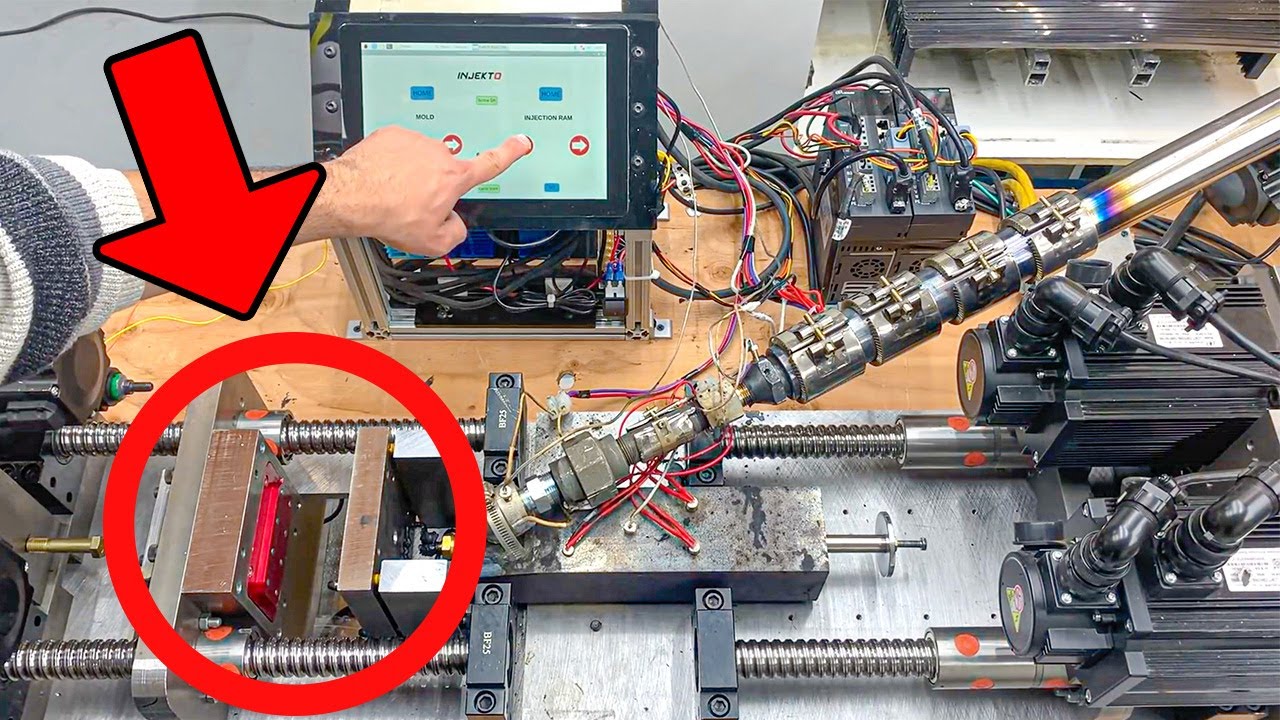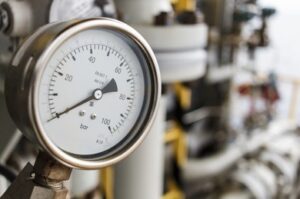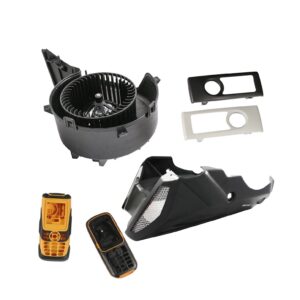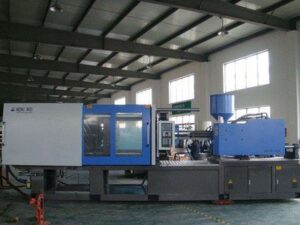When it comes to building an injection mold, you have several options. Traditional methods include EDM and standard machining and CNC machining is the newer, more advanced way to build modules. Compared to traditional methods, CNC machining is more accurate, and can produce moulds with greater detail. The cost of building a mould will depend on the number of cavities and details, and the surface finish will also have an impact on the price.
CNC machining
CNC machining of molds for injection molding allows the design of the product to be very flexible and allows for multiple features. Compared to conventional molding, CNC machining is less expensive, but molds still need to be created. Consequently, this process is a cost-effective solution for low-volume production, but can be expensive when the product requires many different parts.
Injection molding offers many benefits, including high production efficiency, limited waste, and minimal costs. It can also produce products with unique shapes and designs with little or no scrap. Several factors affect the cost of molded products, including the volume of parts produced, speed, and raw materials.
Tolerances are an important part of part design, ensuring the parts fit together and function as they should. Injection molds typically have tolerances of 0.005″ or less, but CNC machining tools are capable of cutting workpieces with very fine tolerances of 0.001″. Although it can be very costly to machine molds with tight tolerances, CNC machining is the best option for parts that have a high aesthetic appeal.
CNC machining of molds for injection molding offers a high degree of repeatability. This manufacturing method is best for products with the same specifications, but if the design changes, a new mold would have to be made. The CNC machining process is less expensive due to the evolution of software. However, the molds used in injection molding can take several months to prepare.
Modern CNC systems use highly automated processes for mold design. The CAM software defines the mechanical dimensions of a mold and then translates them into manufacturing instructions. The CNC machine then loads the resulting commands into a mold-making machine. Electrical discharge machining (EDM) is also widely used for mold making. EDM uses a copper or graphite electrode to cut the mold.
The plastics used in injection molding are thermoplastic, which is a type of polymer that softens when heated. The other type is called thermosetting. This type of plastic is used to create metal and glass parts.
3D printing
With 3D printing, it is possible to create injection molding molds right from your desktop. While this is not an ideal solution for large-scale manufacturing, it can prove to be very useful for small business owners and hobbyists. As with any manufacturing process, 3D printed molds have their pros and cons, so it is important to weigh the benefits and drawbacks before making the final decision.
Molds must accurately capture the geometry of the part to be molded. This can be quite complex – for example, a simple red cup is made from two separate pieces, the interior and exterior. The outside is shaped to have a large cone of material protruding from it.
3D-printed molds have many benefits, including more design freedom. Because a 3D-printed model can be easily modified and reprinted, designers can incorporate intricate features that would be costly to produce with a steel tool. For instance, they can design a complicated geometries or add fine details that would be difficult to print with a steel tool.
Another benefit of 3D-printed molds is the ability to produce parts quickly, even when compared to traditional steel tooling. The process can also reduce lead times and is more cost-effective. Unlike traditional steel tooling, 3D-printed molds are available in low and large-scale volumes, and designers can experiment with a variety of designs until they find the one that works best for their production needs.
Although 3D-printed molds may be a bit more expensive than other manufacturing methods, they can be made from inexpensive desktop 3D printers using temperature-resistant 3D printing materials. 3D-printed injection molds are ideal for small-run production. They save a significant amount of time, money, and effort, and also give manufacturers a more agile approach to manufacturing.






